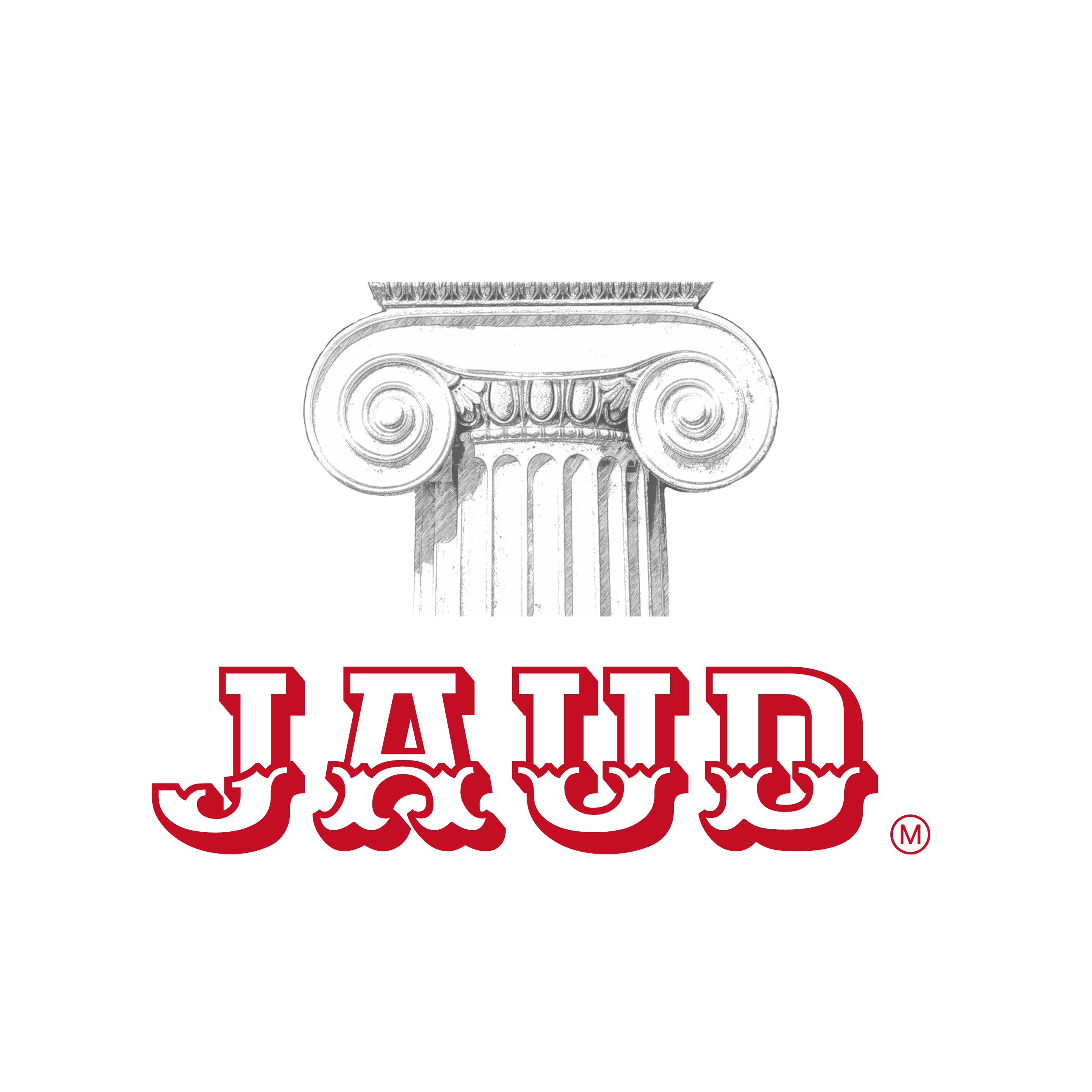Table of Contents
- Abstract
- Introduction
Changes in decorative views
The form of decorative language
The Characteristics of Decorative Language
- Conclusion
- Conflicts of Interest
- References
The form of decorative language
In foreign countries, the theorist G. Kerberxiu was one of the earliest to explore modern architectural decoration using non-traditional materials and techniques. He used artificial light images on the walls of the New York City Building to create "Mobile Light Mural" and used light as a painting pigment, [3] marking the first practice of light art in the field of murals. When handling the MIT chapel in the United States, Sarin also replaced traditional altar murals with connected metal sheet decorations, using sparkling light as a decorative language, achieving a decorative effect similar to traditional murals. Therefore, in the decoration of the "post mural period", the architectural theme and its decorative language can not only be harmoniously unified, but also break the feeling of the building walls being dull, rigid, and heavy, creating a more clear and modern visual effect decorative language. The design of the walls of the Jewish Museum in Berlin by American designer Daniel Libeskind is another example of a better combination of decorative language and architectural themes from the post mural period. In this building, the decorative design is cleverly combined with the building's functions. On the inner and outer walls of the memorial hall, the designer used some broken straight lines of varying lengths to visually and implicitly express the arduous history of the Jewish nation, thus achieving a successful visual effect. Therefore, with the widespread use of new decorative languages and non-traditional decorative elements such as artificial light, natural light, space, and even time on modern architectural walls, the decorative language and modern craftsmanship used in the "post mural period" meet the needs of modern architectural style and aesthetics.
In China, the form of wall decoration language more reflects the characteristic of "making the past serve the present". But the main emphasis is on the visual effect of "decoration" rather than the function of "painting". The decorative design of the exterior wall of the main entrance of the Shanghai Museum (1995) is a representative architectural decoration. The decorative patterns adopted by the designer draw inspiration from the patterns and shapes on ancient bronze vessels from the Shang and Zhou dynasties, incorporating both traditional elements and modern aesthetic forms into the wall decoration. This decorative language has the characteristics of concise and elegant form. At the main entrance of the Xuzhou Museum (1999), "using replicated trapezoidal beam carvings from Tongshan County, Xuzhou, the image of a square door is formed in front of the glass curtain wall. The front and back sides of the trapezoidal beam respectively replicate the Han Dynasty's" Lishi Tu "and" Immortal Journey Tu "carvings, forming a visual center. At the lower end of the large solid wall on both sides of the main entrance, 14 reliefs reflecting the Han culture in Xuzhou are collaborated by sculptors, forming intermittent strip decorations. These carvings enrich the architectural image facing the square." [4] The form of the above architectural decoration language is consistent with the architectural theme, "ensuring the consistency of design ideas" [4], making the building and... The boundaries between certain decorative design elements have become increasingly blurred. This kind of decorative design is consistent with the building it belongs to in terms of design ideas, formal language, expression methods, spatial environment, etc.
Regarding the form of decorative language in modern architecture, Liu Xianjue mentioned in his book "Modern Architecture Theory" that architects can "purposefully organize the decorative elements with the building by utilizing its own structure and structural elements, which is a general approach to modern architectural form design. The development from single functional building materials to composite materials is a major trend in the field of building materials today. Many composite materials, such as aluminum alloy composite wall panels, have both enclosure functions and decorative effects. Practicality and decoration show a mutually inclusive form." [5] At the same time, he used the New York Museum of Modern Art designed by Cisa Perry as an example, "The exterior walls of the main tower are flat and smooth, without any extra decorations. The glass curtain and aluminum alloy wall panels are treated as a plane, and the glass and aluminum panels are horizontally divided on the facade, with subtle changes in symmetry, forming a musical rhythm. [5] This indicates that in the decorative language of modern architecture, the appropriate combination of materials' different properties in form can achieve the characteristic of decorative purposes.".
The Characteristics of Decorative Language
The characteristics of decorative language in the "post mural period" are first reflected in the fact that decoration can not only comply with the requirements of architectural themes, language styles, and styles, but also express the same attributes as traditional murals - the art of walls within a relative range.
The modern form of traditional decorative elements has the characteristics of abstraction and symbolization in the decoration of modern architecture. These decorations clearly echo and enrich the theme of the building they belong to, and no longer have the characteristics of religious and moral preaching in traditional murals, as well as the continuity of content and complete storytelling. However, at the same time, this symbolic decoration not only has the formal beauty of "signifier", but also has the function and significance of the symbol "signified".
Secondly, although the architectural decoration of the "post mural period" has obvious characteristics of abstraction, symbolization, and cultural orientation, it can still be appreciated as a visual art work in the mutual contrast between architectural space and environment. At the same time, the architectural decoration of the "post mural period" is no longer limited and influenced by factors such as the size and borders of traditional murals, but rather relies on the spatial environment of the entire building as a basis for existence, with decorative and landscape characteristics of the architectural space.
Finally, in the decorative language of the "post mural period", the characteristics of "painting" in traditional murals have further disappeared, while the role of "decoration" has become increasingly apparent. The connotation, extension, function, and form of the concept of murals have undergone significant changes. Therefore, the decorative language of the "post mural period" has entered the era of "decoration" from the history of "painting", becoming a decorative art characterized by the use of diverse materials.
Introduction
With the development of materials and technology in modern architecture, traditional murals are in a state of survival in the interior of modern buildings. On the one hand, modern buildings generally adopt frame structures and large-area glass curtain walls, which not only improve the lighting and spatial transparency of the building itself, but also reduce the number of physical walls that can be attached to murals; On the other hand, modern architects have incorporated the design and arrangement of walls into the overall context of the building. Therefore, whether traditional murals can continue to exist in the context of modern architecture and how to achieve consistency with the buildings they belong to have become a problem faced by current mural design. This article analyzes the decorative language of contemporary architecture through the concept of "post mural period" and provides a preliminary exploration of the above issues.
Conclusion
In summary, although the term "mural" is still used in the art world today, the meaning of "painting" has disappeared in modern architectural decoration language, and the history of murals has entered the "post mural era". The decorative language of the "post mural period" does not indicate that "mural" art has developed into an internationalist style without ethnic and traditional cultural characteristics, but still expresses new styles and characteristics in their respective cultural backgrounds.
Compared with traditional murals, the decorative themes expressed by the decorative art of the "post mural period" still exist, but are more concise and generalized, and have lost the plot and completeness characteristics of mural stories. It can be said that the symbolic and decorative decoration of the "post mural period" not only has the decorative effect of traditional murals, but also has characteristics such as timeliness and cultural attributes. Therefore, in the "post mural era", designers are no longer limited to the inherent forms and concepts of murals, but use various modern decorative languages to create the spatial environment of buildings.
Changes in decorative views
At the beginning of the 20th century, with the rise of modern industry, the intricate and intricate decorations such as murals in classical architecture were extremely inconsistent with the actual needs of post-war economic reconstruction in Europe. The new architectural style, designed by architects such as Gropius, Meyer, Mies van der Rohe, and Corbusier, places greater emphasis on the practicality and functional use of the building. In the design, they abandoned the impractical decorations on the inner and outer walls of traditional buildings (including traditional murals), and better utilized the aesthetic form of the building and material structure itself. Due to the fact that this new architectural style quickly adapted to the practical and functional needs of post-war European countries, it was quickly accepted by more designers. In 1928, Mies van der Rohe proposed the famous LessisMore architectural design concept, which almost completely negated traditional decorative forms, including murals. "Under this principle, Mies' architectural design, including form, structure, construction, interior decoration, furniture layout, and material selection, is refined to the point where it cannot be further refined." [1] This principle not only reflects the design philosophy and aesthetic pursuit of modern architects, but also reflects the crisis that the old form of murals began to exist in the modernist era. American architect Sarin also mentioned the issue of modern architectural decoration in his book "Exploration of Form": "People seem to sincerely yearn for simple and simple things, and obviously want to break free from the constraints of outdated foreign decorations. However, people's habits of interacting with decoration are deeply ingrained, so they will not feel comfortable living in a completely simple environment. Therefore, in order to replace old decorations, a new set of decorations seems to have emerged: that is, the so-called modern style." [2] Afterwards, he also mentioned, "Decoration embodies human spirit in an abstract form. It transforms the rhythm of the times into lines, new ideas, and new patterns. It evolves from simplicity to richness, from straightforwardness to symbolism." [2] The above ideas all reflect to varying degrees the new understanding and recognition of modern architectural decoration by architects. Although they did not completely negate the role of architectural decoration, they hope to make necessary changes to give the decoration a new look. This change can save traditional murals from being in an awkward situation of being "speechless" in the context of modern architecture. Modern architecture has put forward new requirements and challenges for the concept and existence of traditional murals, which is in line with the development and aesthetic requirements of the times. Therefore, traditional murals must enter a new period of development, which is known as the "post mural period".
Abstract
This article focuses on analyzing the phenomenon of aphasia in traditional mural forms in the context of modern architecture and the decorative characteristics of the "post mural era". It points out that traditional murals have expanded from plot based, narrative based, and realistic painting forms to modern architectural decoration art in the "post mural era" with diversified materials, symbolic shapes, and landscaping. The change from "painting" to "decoration" actually reflects the change in the identity of mural art in the context of modern architecture.
School of Design, Jiangnan University, Wuxi, China
* Author to whom correspondence should be addressed.
JAUD. 2024, 1(1), 41-48; https://doi.org/10.59528/
Received: March 16, 2024 | Accepted: April 28, 2024 | Published: May 15, 2024
Min Wang *
by
The Decorative Language of the Post Mural Period
References
1. Edited by Zhang Xinrong: "A Brief History of Architectural Decoration", China Construction Industry Press, Beijing, 2000, p. 189.
2. (American) Salining: "Exploration of Form", translated by Gu Qiyuan, China Construction Industry Press, Beijing, 1989, p. 232.
3. (Japanese) Asakura Naoyoshi: "The Light Composition of Art and Design", translated by Bai Wenhua, China Planning Press, Beijing, 2000, p. 15.
4. Liu Yulong: "Architectural Creation of Xuzhou Museum", Journal of Architecture, 2000 3. Page 23.
5. Liu Xianjue: Modern Architecture Theory, China Architecture Industry Press, Beijing, 1999, p. 555.
Conflicts of Interest
The author has no conflicts of interest with respect to the research, authorship, or publication of this article.
© 2024 by the authors. Published by Michelangelo-scholar Publish Ltd.
This article is published under the Creative Commons Attribution-NonCommercial-NoDerivs 4.0 International (CC BY-NC-ND, version 4.0) license (https://creativecommons.org/licenses/by-nc-nd/4.0/), which permits non-commercial use, distribution, and reproduction in any medium, provided the original work is properly cited and not modified in any way.
Article Metrics
Waiting for update.
Share and Cite
Chicago/Turabian Style
Min Wang, "The Decorative Language of the Post Mural Period." JAUD 1, no.1 (2024): 41-48.
AMA Style
Min Wang. The Decorative Language of the Post Mural Period. JAUD. 2024; 1(1): 41-48.



